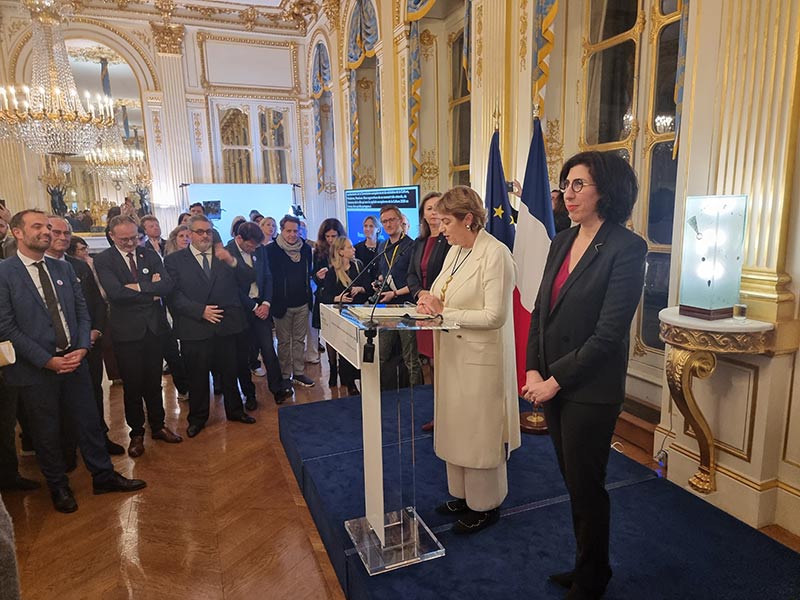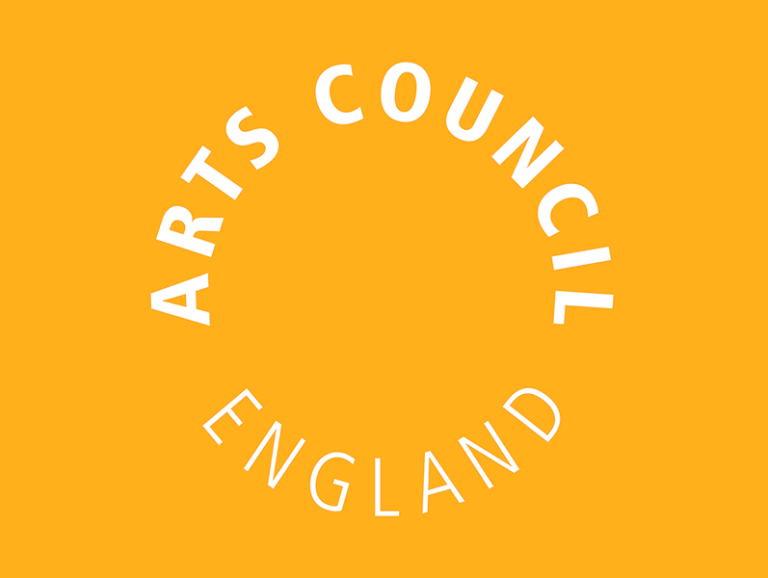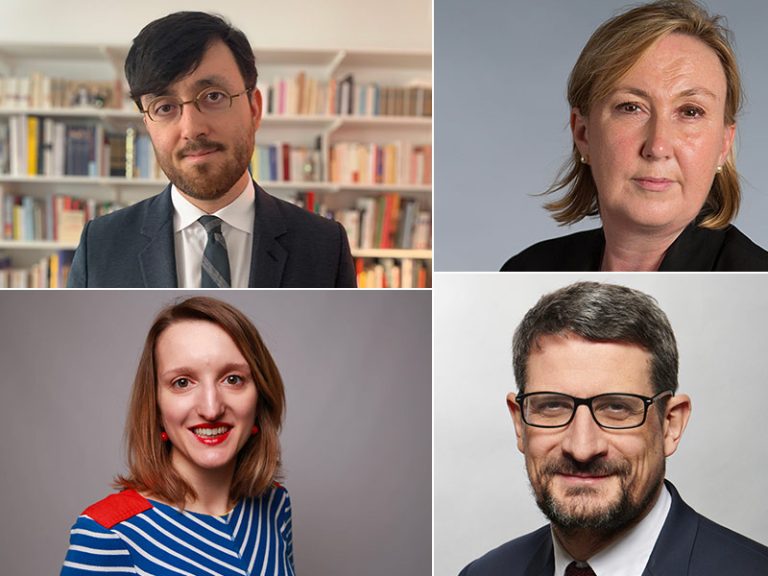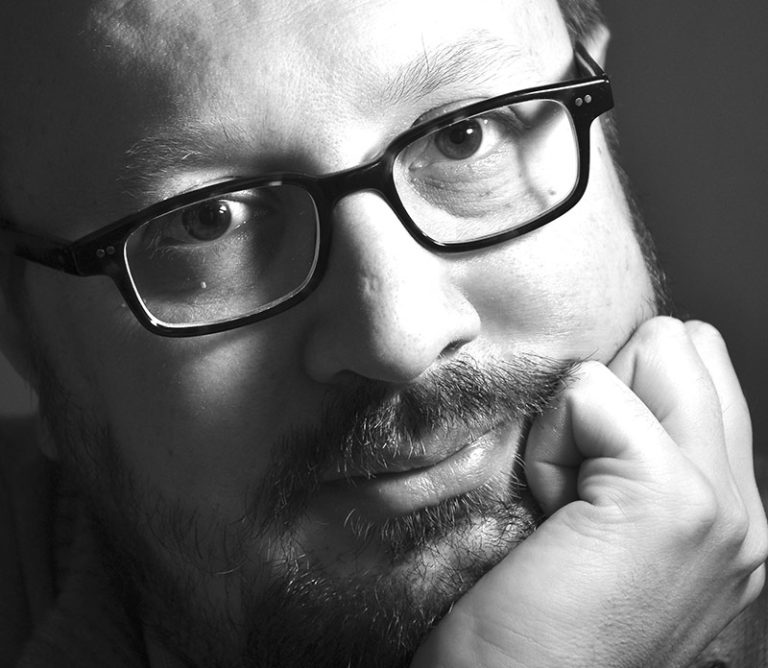Brussels. The jury report for the selection of the European Capital of Culture 2028 has just been published; it allows us to better understand the unexpected choice of the city of Bourges (Cher). It challenges a number of preconceived ideas about a “European Capital”. We owe this decision to a jury made up of twelve jurors including two French: Anne Tallineau, deputy general director of the French Institute, and the art historian and exhibition curator Jean de Loisy. The vote was held by secret ballot, but the report does not indicate the distribution of votes.
First lesson: the brilliance of the application does not count. We could guess this when the announcement on December 13 of the choice of a small city over three large metropolises, and this is evident in the report. The jury absolutely does not evaluate the size of the territory, the attractiveness of the candidate city, the originality and the strength of the concept. The very history of the city “plays no role in the selection process”, it is written. While all commentators, before the decision, compared the merits and relevance of the Massif Central and rurality (Clermont-Ferrand), the Norman Seine (Rouen) or a metropolis in full rise (Montpellier), weighing the In view of the impact that these characteristics could have on the influence of the Capital, the jury carefully kept its distance from the geographical or historical context. Even more curiously – for a Capital of Culture – it did not venture into evaluating the quality of the candidates’ artistic program, preferring, we will return to this later, to analyze its coherence. Basically, the jury adopted an ambivalent approach, both practical, almost accounting, and ideological.
Second lesson: the jury is very academic and formal. It evaluates the applications through six criteria: the contribution of the application to the long-term strategy of the city; the cultural and artistic program; the European dimension; awareness (of the population); project management; the capacity of various public authorities to keep their commitments. In general, it is therefore particularly attentive to the coherence of the programs. In this regard, he is very critical of the cultural content of “Clermont-Ferrand Massif central 2028”, considered too eclectic and too fragmented. He also makes the same complaint of lack of coherence in Rouen, which shares with Clermont-Ferrand the particularity of being deployed over a vast territory; which is not the case for Bourges.
The programs are not detailed enough in the “bidbook”, annoys the jury who wants to show that they are not being fooled: they need proof of these fine intentions. This is also why programs including calls for projects, like in Rouen, pose a problem: it cannot evaluate them. On the other hand, the jury likes the figures, pointing for example to the far too high percentage of the Clermont-Ferrand budget devoted to personnel costs (23%). While he is much more lenient with Bourges’ 21% payroll, on the grounds that Bourges being far from major cities (two hours by train from Paris, let’s not exaggerate), he has to overpay his teams. He is concerned that the private financing of the Bourges program (16% compared to 10% in Clermont-Ferrand) is too high and, above all, poorly argued, but does not draw any particular conclusions from this.
An insufficiently detailed European vision among competitors
Finally, third lesson: the European dimension is fundamental. There is no weighting between the different criteria, but one thing is certain, if the five criteria other than that of the European dimension are – without doubt – necessary, they are not sufficient. In any case, it is this dimension which seems to have tipped the scales towards Bourges. While the jury is full of praise for this aspect of Bourges’ candidacy (which, as was highlighted in an article published in the JdA no 624 (January 5, 2024), had put the name “Europe” in most of its programs, it sometimes harshly underlines the lack of initiatives in this area among its three competitors. Clermont-Ferrand does not focus enough on “common aspects of European history and heritage”. Montpellier is congratulated for its dialogue with Africa, but the jury would have preferred “more information on how “Montpellier 2028” would promote European cultural diversity and improve common understanding between European peoples”. As for Rouen, the jury recognizes the quality of its European vision while regretting the lack of concrete information on the programs concerned.
The “bidbook” is in a way the contract between the European Commission and the chosen city, in return for the right to use the “CEC28” label and receive the 1.5 million euros from the Melina Mercouri prize. We therefore understand why the jury is so attached to the details. Especially since there are only three meetings between now and 2028 allowing the Commission to ensure that things are progressing well: autumn 2024, mid-2026 and autumn 2027. Among the few recommendations made in Bourges, we will retain the ban on entering into any partnership with an entity established in Russia controlled more than 50% by public funds.







